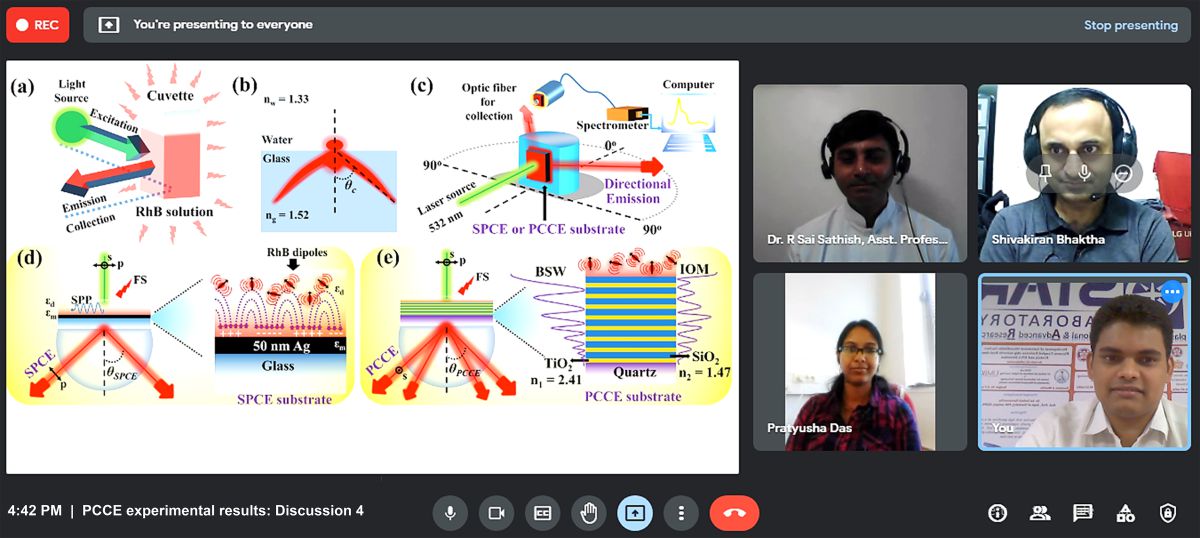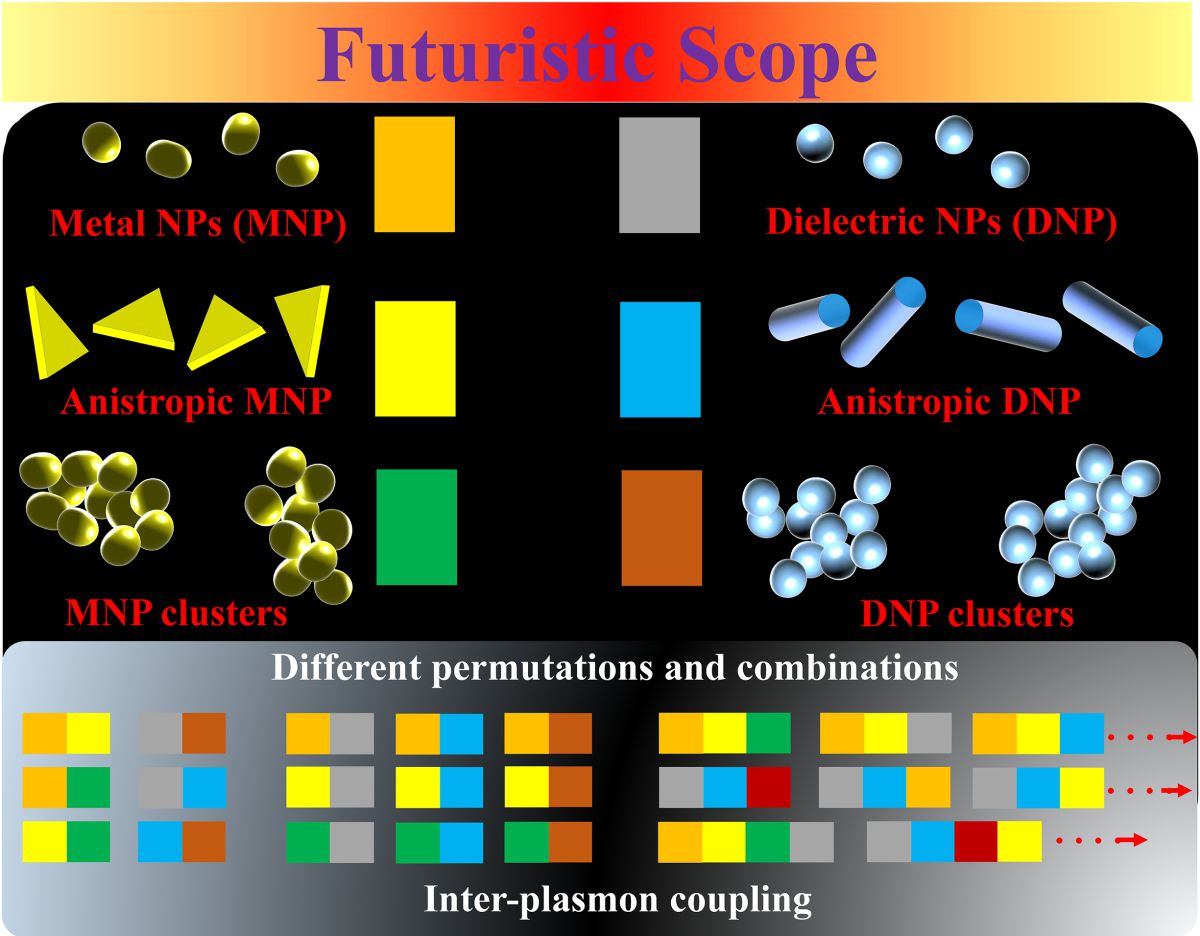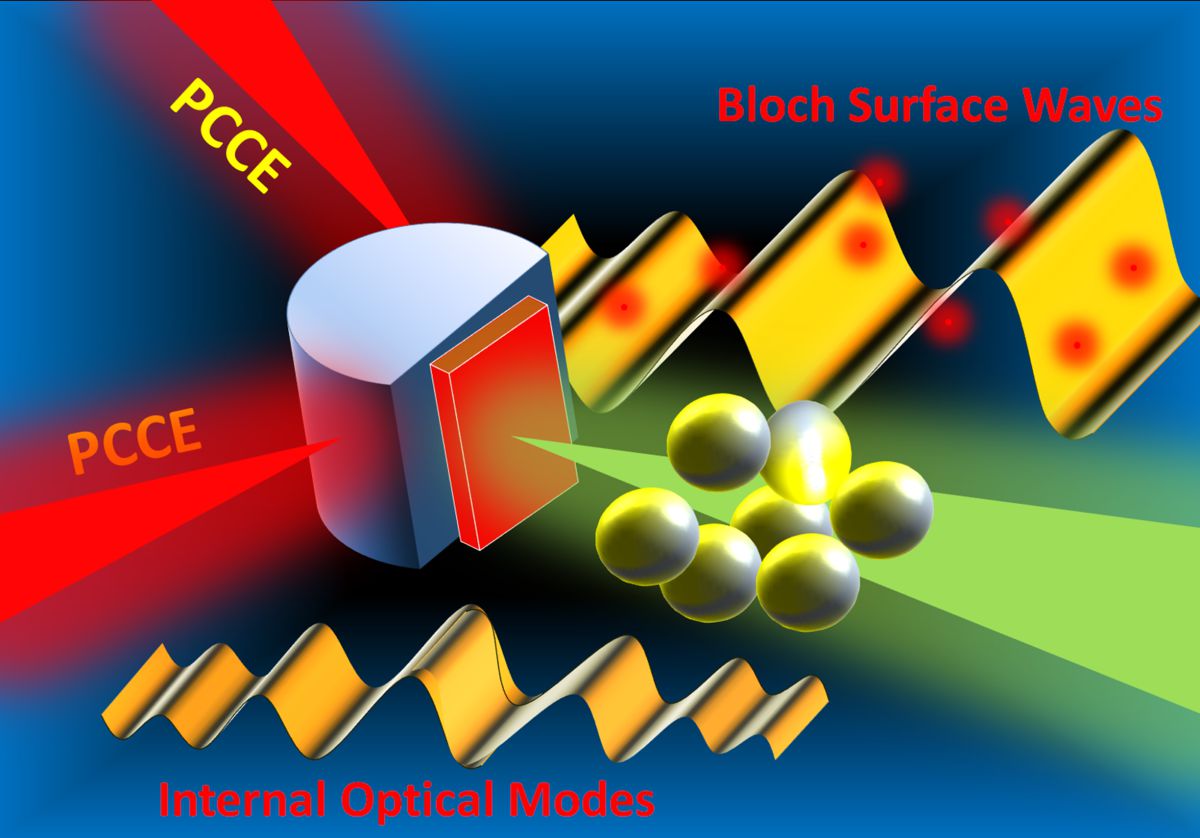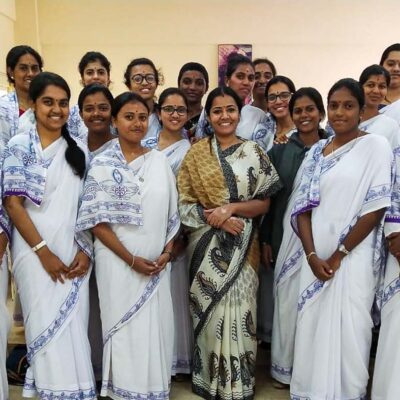Dr. Sai Sathish Ramamurthy (STAR Lab, SSSIHL) in a trilateral collaboration with Dr. Chandramouli Subramaniam (Nanostructured Material Lab, IIT-Bombay) and Dr. Shivakiran Bhaktha (Photonic Systems Laboratory, IIT-Kharagpur) has published a new paper in Nanophotonics (Walter de Gruyter publication) demonstrating unusual ‘photoplasmonic’ effects (as they call it in the article) with the use of gold nano-assembly termed ‘sorets’ and Nd2O3 nanorods. The unavoidable losses in the gold nanoparticles are overcome with these functional metasurfaces in photonic crystal-coupled emission (PCCE) platform developed by the team in the year 2020, thereby demonstrating outstanding performance of the subject platform for several sensor applications.
Identifying the Issue
- Sensors are widely used in industrial processes, monitoring community well-being, homeland safety, criminalistics, environmental health supervision and point-of-care diagnostics
- Nanomaterials made of metals (generally called plasmonic materials) are throughout-the-world used in the evolution of sensor technology systematization. However, their accurate potential is beleaguered by inevitable inherent Ohmic losses that encumber the functional performance of any sensing platform
- Therefore, there is constant need for novel synthetic routes and advanced material platforms for global market sensor industries, using nanochemistry-based novel methods
Objective of the Research
- Ascertaining the ground elemental causes which leads to unproductive Ohmic losses in terms of basic physico-chemical aspects of the individual nano-constructs
- Discovering a frugal & viable technological solution to abate/preclude the Ohmic losses and recuperate the performance of gold nanomaterials, consequently demonstrating a translational approach to offer sensor-based industries with materials with grander efficiencies
- Refining the overall sensitivity and specificity of photoplasmonic sensor platform using cut-rate metal-dielectrics in comparison with cost intensive and hazardous nano-sensor techniques
Who should read this?
Anyone in industry, working directly or indirectly on advanced sensor technologies or sensing related know-hows including, security, reconnaissance, specialist (intensive) care units, environmental safety monitoring mechanisms, therapeutic technologies and disease diagnostics. Further this article will be extremely useful to researchers currently faced with the problem of ‘Losses’ in metamaterials dependent on plasmonic nanoparticles.








